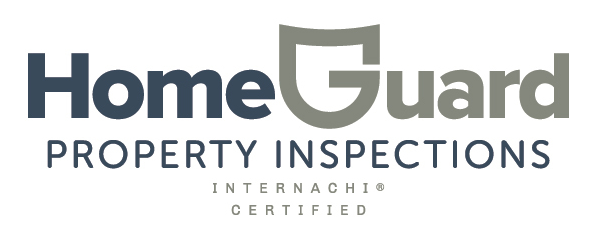wjerrad82@gmail.com
You’re not just buying an inspection.
You’re buying peace of mind.
Proudly Providing Home Inspection Services
Homeguard Property Inspections provides residential home inspections, pre-listing inspections, WDI Termites, Mold Testing, Radon Testing & Mitigation.
Servicing all of Tuscarawas, Stark, Carroll, Harrison, Guernsey, Coshocton and Holmes counties. Will travel further upon request.
InterNACHI #21070207
ASHI Certified Home Inspector
Ohio Home Inspector License #2021005681
Ohio Dept. of Agriculture License #111070
Radon Mitigation Specialist #RS585
Radon Mitigation Contractor #RC368
State of Ohio Mold Certification #1757
Homespection Training Institute® #1819


